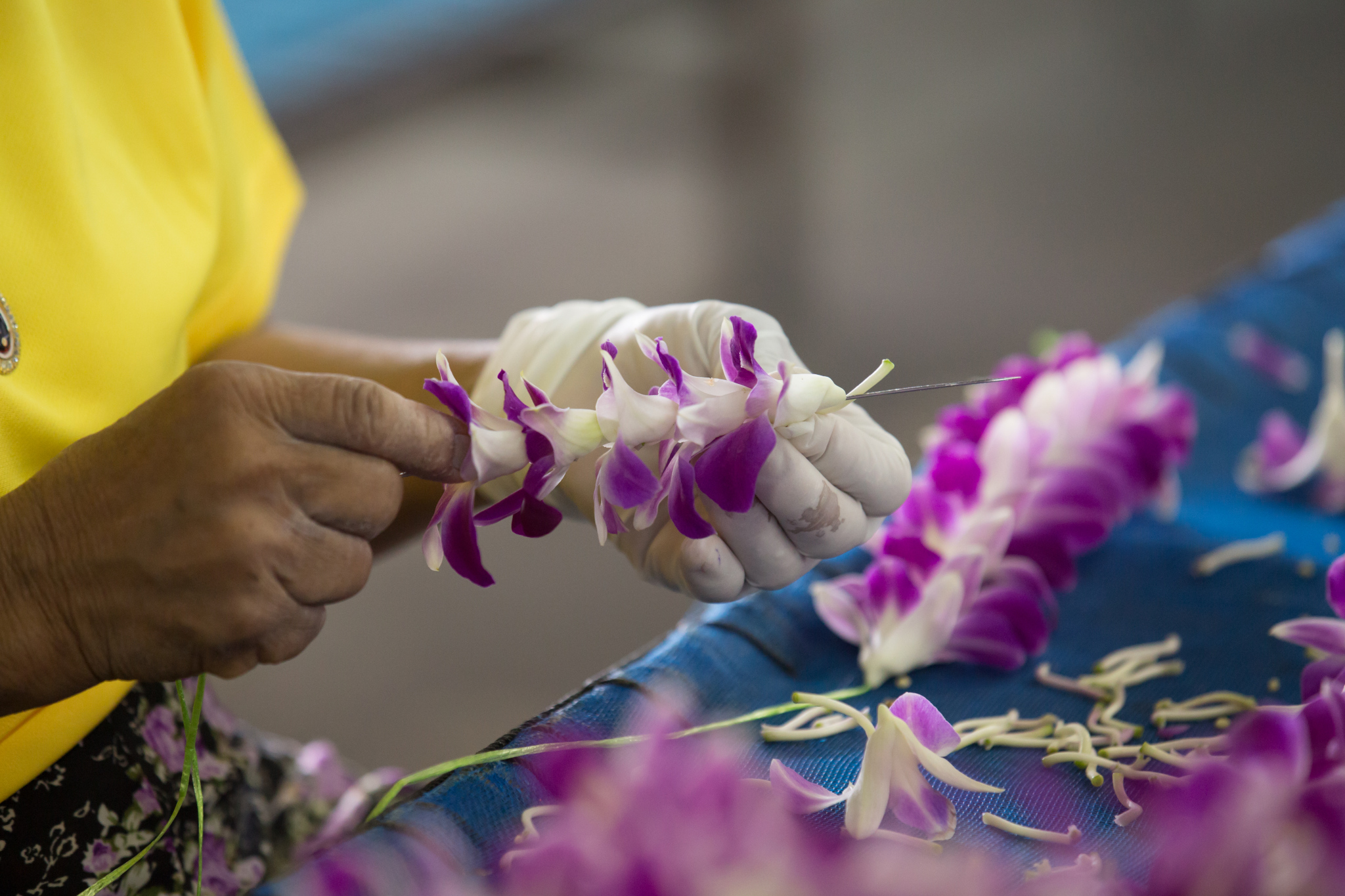Types of Flower Species Found in Hawaii
Types of Flower Species Found in Hawaii
The islands of Hawaii are home to a plethora of native and introduced species of flora. From microscopic ground covers to towering flowering trees, botanists estimate that Hawaii is home to up to 140,000 species of plants. Of these, approximately 1200 of them are native or endemic to the islands. For many travelers the first introduction to Hawaiian tropical flowers comes in the form of a lei, a traditional garland of scented flowers typically worn around the neck. It was once common practice for the airlines to adorn each passenger with a fresh lei upon their arrival to the islands. Obviously this is no longer the case, but you can still pick up a fresh, beautiful lei at most grocery outlets, florists and corner stores in Hawaii. Popular Hawaiian lei flowers include the-Hinahina, Pikake (jasmine), Plumeria, Nanu (gardenia), Orchid & Carnation.
What Flowers are Native to Hawaii?
Due to Hawaii being located more than three thousand miles away from any other continental land, many species of flora such as the Uki Uki (hawaiian lily), Ko’oloa’ula, and the Haha, are classified as endemic to Hawaii, meaning that Hawaii is the only place on earth you will find them growing in the wild. There are some Hawaiian flowers that are endemic to a particular island only, for example the Dubautia waialealae, an endangered small dome shaped flowering shrub is found only on Kauai, and the Molokai Ohana (brighamia rockii) is critically endangered and only found on Molokai. The Hina Hina (geranium cuneatum) can only be found on the Big Island, as well as the Ahinahina or Mauna Loa Silversword. This extraordinary plant is endemic to the hills of Mauna Loa and only grows between 5000 to 8000 feet. Once in their lifetime they send forth a beautiful stem of fragrant flowers. The flower goes to seed and the plant as a whole dies after about 10 days. By the early 1900’s there were only a handful of Ahinahina growing in the wild. However, thanks to a massive effort from national park crews and their work collecting, germinating and replanting, these extraordinary plants are now replenishing Mauna Loa’s landscape.
Hawaiian culture is rich with legends that often use love to explain the naturally occuring beauty on the islands. Hawaiian native flowers and plants are no exception. The Naupaka (scaevola servicea) aka Beach Naupaka is a native flowering shrub with a unique shape of bloom that gives the impression that half the flower is missing. There are two variations of the naupaka plant, one grows in the mountains, the other on the beach. Hawaiian legend tells a tale of a beautiful princess named Naupaka who fell in love with a commoner whom she was forbidden to marry. A wise old man informed them of a remote temple far away where they could go to pray and to ask the priest they would find there for advice. The lovers then traveled for days to reach the temple, but when they asked, the priest told them there was nothing he could do for them. Heartbroken, Naupaka then took the white flower from her hair and tore it in half, giving one half of the flower to her lover and telling him to return to the beach. She remained in the mountains. And there are two different looking variations of the naupaka plant, the one that grows in the mountains and resided with the princes, and one that grows on the beach and grew there with her lover, and why each variety looks like only half of a flower.
Types of Flowering Trees in Hawaii
Another popular legend surrounding native Hawaiian tropical flowers is that of the Ohi’a Lehua. This evergreen flowering tree is found on all the Hawaiian islands but is the official flower of the Big Island. The Ohi’a Lehua most likely became the Big Island’s official flower due to its bright red blossoms being the first to flower on barren lava flow after a volcanic eruption. Hawaiian Legend intertwines this beautiful tree with the volcano Goddess Pele. Legends states that there was a handsome man named Ohia who turned down the volcano goddess advances because he was in love with a woman named Lehua. The goddess Pele then transformed him into a gnarled up tree with rough and ashy bark. Lehua begged the gods to change him back but they did not want to anger Pele. Instead they agreed to compromise and turn Lehua into a blossom on the Ohia tree so the lovers would be united forever. It is believed that if you pick a Lehua flower off the tree it will begin to rain soon after. The rain symbolizes the lovers’ tears over being separated.
Hawaii’s mild climate ensures that flowers bloom year round on all the islands. Not only on plants and shrubs but in many flowering trees as well. The Nanu (Gardenia Brighamii) is a native species of tree gardenia. Unfortunately this beauty is on the critically endangered list. Nanu flowers have a sweet scent, similar to coconut and are commonly used in leis, so thankfully, many commercial growers still cultivate this gorgeous Hawaiian flowering tree. Another you may recognize is the Hala (Pandanus tectorius) Screw pine or pineapple tree, the blooms on this tree resemble a small pineapple. One of the more unique flowering trees Ohe’ Ohe’ (polyscias bisattenuata) is found only on Kauai and is currently in the process of being saved from extinction. It’s a gorgeous multi trunked tree with pink flowers and purple fruit. Other notable flowering trees include the Hawaiian Sumac (rhus sandwicensis) Mamane (sophora chrysophylla), Kou (cordia subcordata) and the Milo (thespesia populnea).
Despite the fact that many of the native species are currently listed as severely endangered, there are still a few natives that are thriving. It’s interesting to note that several of these, like the Uki Uki, the Haha and the Kanawao produce purple berries after flowering. These bright berries attract the birds which then disperse the seeds, promoting the naturalization and success of these natives.
Most Popular Hawaiian Flowers
Of all the stunning Hawaii flowers, the Hibiscus Hawaiian flowers are most easily recognized, synonymous with the state. In total, there are 7 species of Hibiscus native to Hawaii, five of which are endemic. The Yellow blooming hibiscus, Ma’o Hau Hele (Hibiscus Brackenridgei) is the state flower, it is both native and endemic. Sadly these yellow blooming hibiscus are now listed as endangered. Thanks to conservation efforts and breeding programs however, many beautiful hybrids of Hibiscus now exist in a wide variety of colors. You will find them growing in gardens, as landscape shrubs and also at beaches and in the forests on each of the islands. In their natural habitat they can often grow into trees as tall as 30 feet! The Ko’oloa’ula (abutilon menziesii) is a flowering shrub with flowers that are similar to the Hibiscus but it is actually in the mallow family. The Ko’oloa’ula is not only native but also endemic, there are only about 500 left in the wild. It is a popular xeric landscape plant, flourishing in the heat with very little water. While you may not ever be lucky enough to see this plant in the wild, it is likely you will find it in home gardens and landscapes.
The Pua Kala (Hawaiian Poppy) is another native flower that is commonly seen on all the islands, usually in a dry spot with disturbed soil and full sun. The Pua Kala is the only poppy native to Hawaii. Although not as common as it once was, commercial growth and expansion has threatened its preferred environment, but thankfully, its prickly leaves, stems and seed pods protect it from grazing animals and destructive rodents
Hawaii has the perfect environment for many introduced species as well, such as the Blue Ginger, Heliconia and many species of orchids. The Plumeria is commonly thought of as a flower from Hawaii but it is actually an introduced species that grows all over the world. Plumeria are often used in lei’s and as a Hawaiian hair flower that is worn over an ear to indicate relationship status. If worn on the left, it is close to the heart and it means that person is taken, and worn on the right means single status. Anthurium is another you may think of as a Hawaiian flower, the large, often red blooms are referred to as the “Heart of Hawaii” yet it is not native or endemic to the islands. The Bird of Paradise, recognized by the stunning unique bloom that looks like a bird taking flight, is also introduced. Same is true for Pikake or Hawaiian Jasmine, this flower was brought to Hawaii in the 1800’s. Its strong fragrance and beautiful pure white flowers soon became a favorite of Hawaii’s Princess Kaiulani. The princess was tasked with naming the flower and she chose Pikake – the Hawaiian name for Peacock, her favorite bird.



